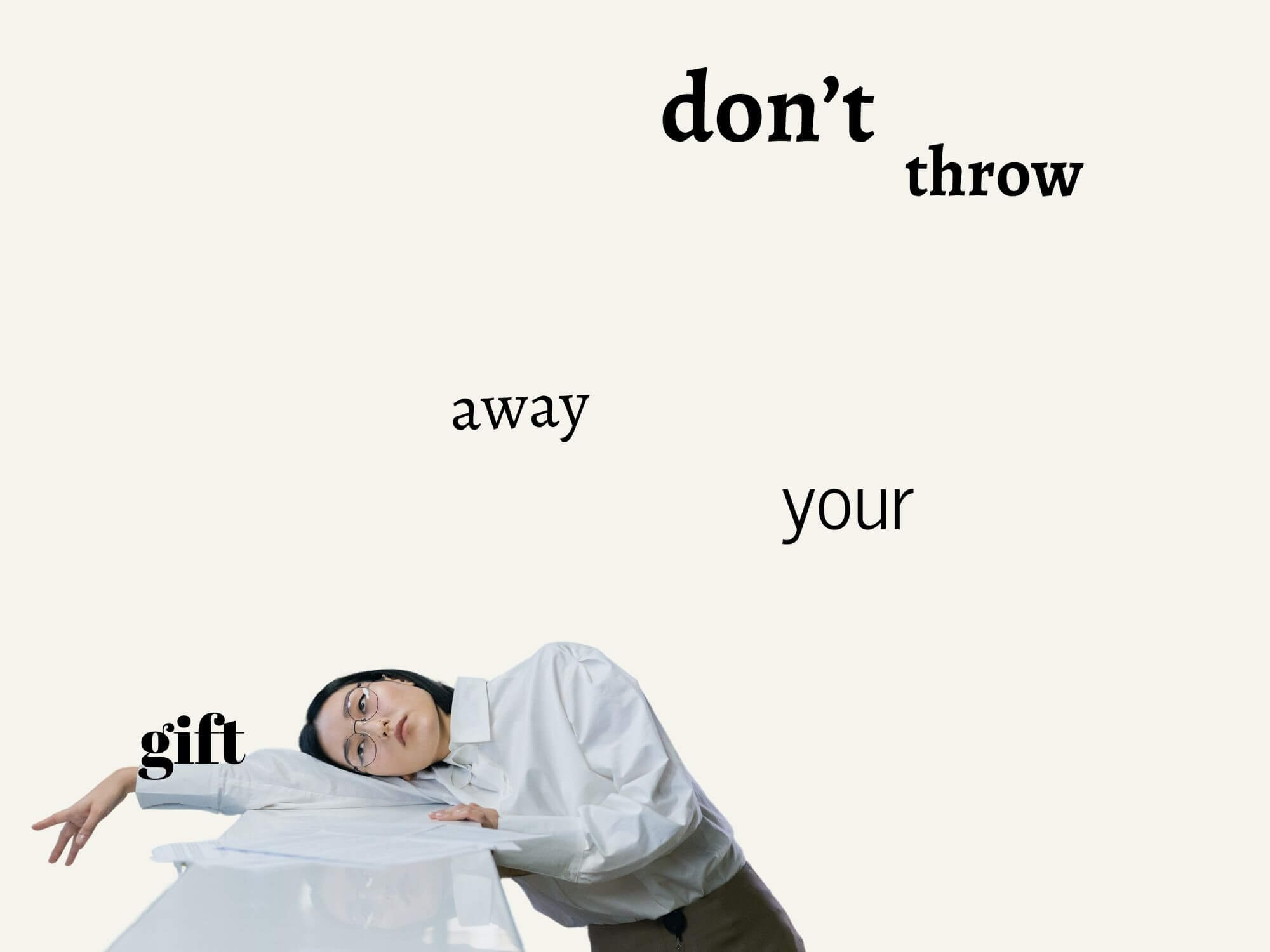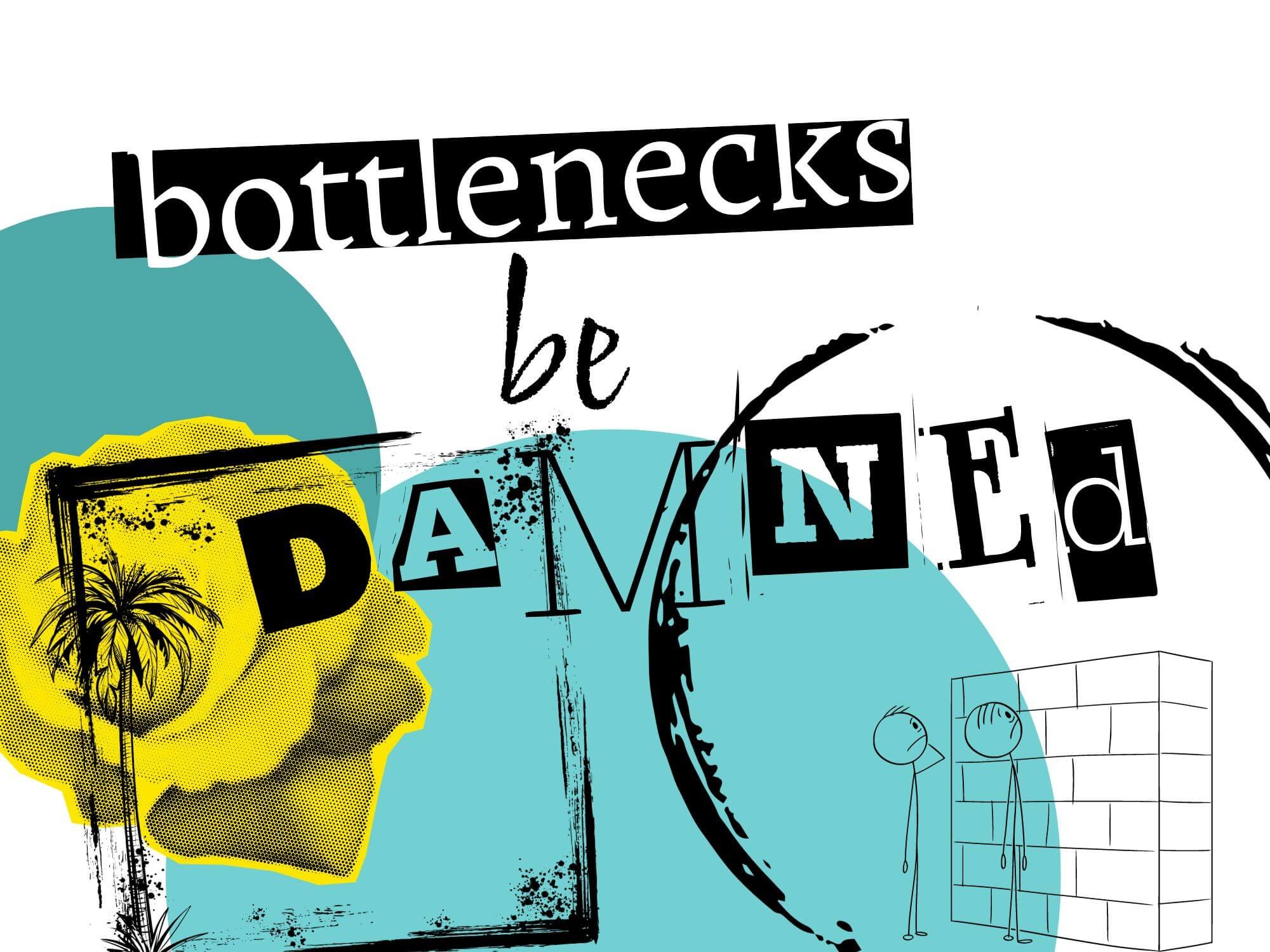6 Elements of Creativity (how I calculate creative quality)
Ah yes, some dear colleagues of mine testing for creativity…
I love making stuff. And as a creatives, I always saw myself as an explorer and researcher. So naturally, the question of what makes great art was always there — the core elements of good stuff.
This is my take on the elements of creativity.
I suppose this post is sort of like my personal acid test, or checklist, for calculating the creative quality of the things I’m working on.
But I really like to use the ideas here as inspiration for ways to improve the creativity of some projects, when I’m feeling stuck on them.
But I’m only human.
I mean, who am I to say when or if something is creative or not? This is just what’s working for me right now…
So let’s wrap up this small talk.
Let’s get it.
What Does ‘Elements’ of Creativity Mean?
Language has a lot of semantics, and picking apart the nuances can be pedantic work.
But it’s an important foundation for this discussion (and for better organizing creativity in a strategic way).
I’m mostly concerned with differentiating between creative elements vs. principles vs. components.
So here’s my take on things.
The principles of creativity are the fundamental truths of creative work
The components of creativity are the required parts or ingredients for making something creative
Now here’s how I define the elements in creativity.
The elements of creativity are the essential characteristics or traits of a quality creative work. They are the things that separate so-so projects from great creativity.
I see creative elements as being a blend of personality and skill level for a creative thing.
So this list of elements is my own personal checklist – an acid test for benchmarking the creative quality of whatever I’m working on.
It’s a way for me to give my projects a sort of creative “score” – if such a thing ever existed – and also a guide for ways to boost the creative value of something.
How I Calculate the Creative Quality of My Work
My goal is to score at least an 80% on the items below (nerd alert, I know).
That is, I sort of subconsciously strive to hit at least 5 of the 6 elements below.
Of course, missing a “good score” doesn’t make something any less meaningful. It just means I can probably make it better, or more creative, somehow.
So let’s explore these elements I speak of.
6 Elements of Creativity (my creativity rubric)
What makes something creative?
When trying to decide just how creatively good something is that I’m working on, I can turn to this checklist.
It’s a source of inspiration for when I’m feeling stuck – and I hope you can use it in this way too.
1. An Element of Originality or Newness
I suppose originality and newness are the first things that spring to mind when we think of creativity.
But this doesn’t mean things need to be absolutely earth shattering or avant-garde to be creative.
Originality simply means you’re striving to make new connections, are thinking divergently or using your imagination to try things in some slightly new way.
Being original means you’re doing something without consciously mimicking or copycatting.
The key word here is consciously.
As creatives (and humans) we’re constantly borrowing ideas from each other all the time – often without even realizing it.
Arguably, nothing is totally new – or rather, all new things are made up of old ideas.
And at the end of the day, being your authentic self and putting your unique spin on things is actually much easier and more natural than trying to copy someone else verbatim.
2. An Element of Personalization
Who doesn’t love a little customization? It’s a great strategy all around – and a huge part of creativity.
Personalization means you’re infusing some authentic aspect of yourself into a creative project.
For me, leveraging your personal style and ideas into something is a core trait of great creativity.
For example, doing a cover song in the exact style and sound of the cover artist is less creative than writing my own music or covering a song with my own unique twist on things.
I mean, don’t get me wrong, cover songs are amazing and require a lot of talent and creativity. But nothing beats that je ne sais quoi you bring to the table.
So if you’re looking for a quick creativity hack, consider how you can add your personality, interests or unique experiences into whatever you’re working on.
Personalizing your work is super creative (and usually makes for something way more interesting and engaging).
3. Some Tangible Element
Ideas are just that – ideas.
What I mean is, talking about creative ideas is all fine and fun (and a suitable first step to the process) – but actually turning them into a reality is where the magic lives.
So tangibility is when your creativity can be seen, heard, smelled, tasted or felt (yea, the five senses).
We won’t get into other sensory nuances like energies and vibes.
But tangibility is really all about the ability to turn an idea or vision into some creative output. It’s the fun part.
It’s the hard part…
It can be frustrating and disappointing at times. But having something that you and other people can experience and share is essential for giving creativity legs.
So keep making stuff and keep improving. But stay patient.
Because quality creative results usually require a lot of iterations, side stepping and time.
4. Some Element of Risk or Discomfort
Creativity takes courage. Creativity takes risk.
Finding novel ideas or solutions requires trying new things, which is sometimes risky and uncomfortable.
Creativity often goes against the grain, leaving the status quo and making you feel like you’re alone and without a lifeline.
So an element of risk means you’re doing something to challenge the status quo. You’re consciously going against the grain on some generally agreed upon concept or best practice.
It doesn’t always work out, and it can feel pretty uncomfortable – even lonely (as you leave the tribe of “but this is how it’s always been done”).
But I guess that’s the price of progress and disruptive creativity.
A little discomfort and a little risk.
So don’t shy away from these opportunities, because that’s what they are.
Often, novelty lives on the other side of the unknown. It doesn’t always look pretty and the path is rarely paved.
But it’s a risk with a well-earned reward: creative awesomeness.
5. An Element of Inspiration
The best creative projects are things that can reliably inspire me – anytime, anyday, anywhere.
So an element of inspiration means your creativity has some strong emotional component.
When you’re motivated or self-inspired by your own work, that’s when you know you’ve struck gold.
But of course, as with so many things, there are caveats.
For example, I have a lot of creative projects that weren’t particularly inspiring in the beginning stages, but ended up being important stepping stones that led to something incredible.
Also, inspiration can be unreliable. Some days it’s there, others not so much…
But at the end of the day, I just try to answer one simple question: does my project inspire me or someone else?
And how consistent is that inspiration?
6. An Element of Intentionality
I struggle with this one – like, a lot.
I tend to be very willy-nilly in my creativity. I often rely on mood and in-the-moment inspiration. But I've been working on building discipline through intentionality recently.
And one surprising result has been more (and better) creativity.
So intentionality means adding strategy, story, meaning or artistic purpose to your creativity. It’s the thing that can take a creative project from good to great.
For example, I have many songs that have banger melodies and instrumentation (if I don’t say so myself…), but I’m just singing and humming nonsensical lyrics.
They’re essentially unfinished and lacking intention or direction.
Recently, I’ve been working on improving this aspect of my songwriting (via my song-a-day challenge), and the result has been amazing.
My creativity is better, my songwriting is improving and my songs are more interesting to watch and listen to.
Creativity is often spontaneous and the early versions of projects are often directionless or lacking any solid intention.
And that’s fine. Creating for the sake of creating is amazing.
But adding that extra sauce of intention can take a project from noticeable to memorable.
Creativity, after all, is the act of spreading awareness of the things we deem important and the ability to find beauty in the mundane.
Want More? Check Out These Sweet Reads!




